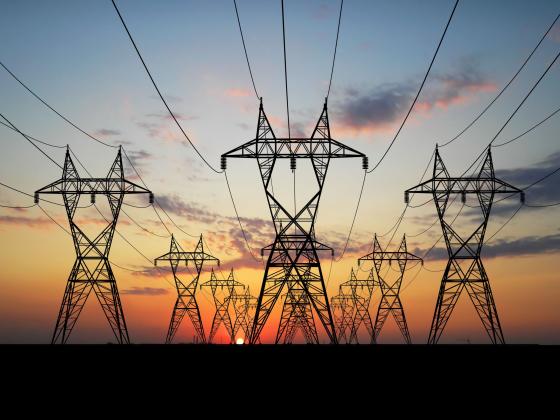Connection Codes
Connection Codes
Ensuring system security and sound technical evolution

Network codes are binding rules that govern electricity networks' connection requirements in an effective and transparent manner. They were established in 2009 by the EU Regulation on conditions for access to the network for cross-border exchanges in electricity and recast in 2019 by the Regulation on the internal market for electricity. In 2023, ACER proposed amendments to two of the grid connection codes to the European Commission.
The codes are crucial for ensuring the safety of system operation and the efficiency of the European Union's power grid.
Connection Codes
Grid Connection Codes
Grid connection refers to all the subjects establishing and maintaining a physical connection between the transmission and/or distribution grids and the grid users.
Grid connection, or network connection, is one of the areas regulated by the specific network codes. These rules aim to develop a harmonised electricity grid connection regime, as well as efficient and secure operations. This is particularly important in view of the integration of an increasing share of sources of renewable energy in the system. European rules on grid connection also ensure a fair competition in the electricity market, and facilitate the electricity trade across the Union.
Three network codes on grid connection have been developed:
-
The Network Code on requirements for grid connection of generators (RfG Regulation) establishes common standards that generators must respect to connect to the grid.
-
The Network Code on demand connection (DCC Regulation) sets up harmonised requirements that demand facilities must respect to connect to the grid.
-
The Network Code on requirements for grid connection of high voltage direct current systems (HVDC Regulation) covers the definition of harmonised standards for direct current (DC) connections.

